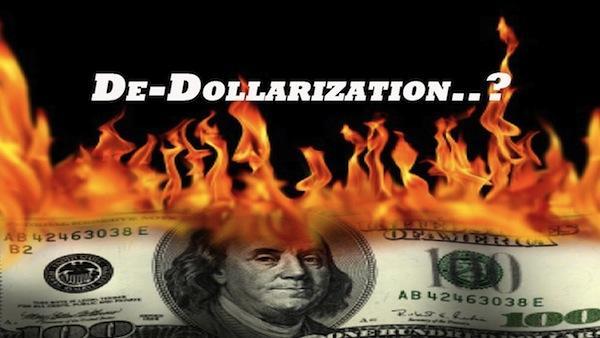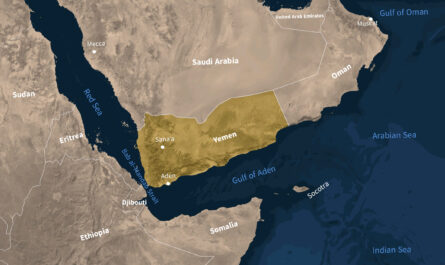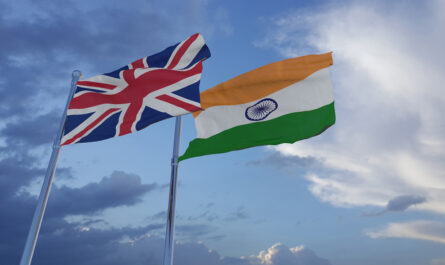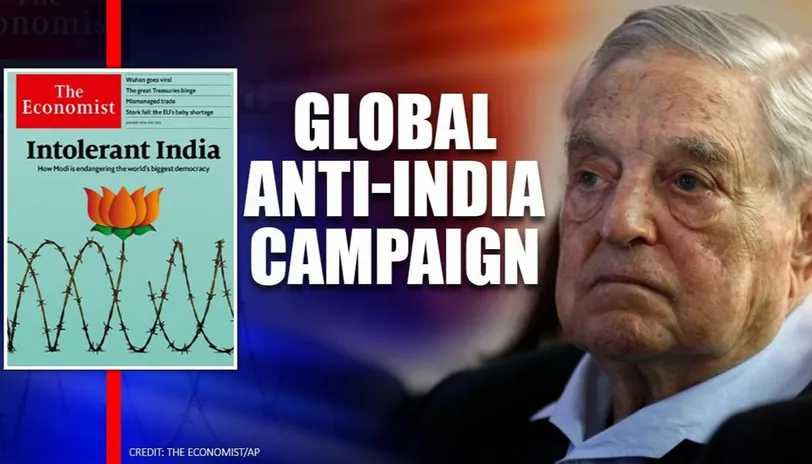According to Uday Kotak, CEO of Kotak Mahindra Bank, the US dollar’s status as a reserve currency gives it an unfair advantage in controlling global transactions, potentially leading to other countries becoming highly dependent on it. On March 14, 2023, Minister of State for Finance Bhagwat Kishan Rao Karat gave a big information in Parliament. He said in the Rajya Sabha that the Reserve Bank of India has approved rupee trading with 18 countries i.e., out of 197 countries of the world, India will trade in rupees with 18 countries in exchange for dollars.
List of 18 countries allowed trading in Indian rupees: – United Kingdom I Malaysia I Russia I Singapore I New Zealand I Sri Lanka I Myanmar I Botswana I Israel I Fiji I Oman I Germany I Kenya I Guyana I Mauritius I Seychelles I Tanzania I Uganda
But you will also have this question in your mind that what will happen by trading in rupees? If India starts trading in rupees, what will it change? Right now, the price of $1 is ₹82, so will trading in rupees make $1 equal to ₹1? The answer is nothing like this will happen at the moment. But anything can happen in the future, and it has happened in the past when the dollar and the rupee were competing with each other.
Before we tell you what will change by trading in rupees, let us understand how the dollar became the world’s most powerful currency and how the rupee lagged behind the dollar? Until the nineteenth century, there was neither the dollar nor the rupee in the world. Most parts of the world were ruled by the British, so the British currency pound ruled the world. In the early 20th century, the dollar began to move rapidly. During this time, the British weakened their grip all over the world including India and India’s rupee also gradually started getting stronger. In the early years of the twentieth century, the rupee used to be the currency of countries like Qatar, Uganda, Oman, Kuwait, Bahrain, Kenya, Mauritius. Bangladesh and Pakistan were part of India, so there was a trend of rupee here too. It had good acceptance all over the world.
Until the nineteenth century, both the dollar and the rupee traded mostly in silver coins. The dollar was first printed on paper in 1914, a year after the Federal Reserve Act came into force in the US in 1913. Similarly, during the First World War, when there was a shortage of silver, the British faced the problem of currency and for the first time the ₹ 1 note has been printed on paper. This year, 1917 and the date was November 30, i.e., only 3 years after the dollar, rupee notes started to be printed. India was ruled by the British, so the rupee could not get the importance that the dollar got.
From 1915 to 1947, the United States was growing rapidly. That was America’s Golden Period. Taking advantage of this, the US signed the Bretton Woods Agreement in 1944 and declared the dollar internationalized. This is where the rupee fell for the first time and the dollar started moving forward. What happened was that in 1944 there were major reversals in the world. During the Second World War, 44 countries met. During this meeting, all 44 countries decided to link their currency to the US dollar. The question in your mind is why America? Because there were other countries at that time, then why did everyone choose America? In fact, America was the strongest country among the 44-nation group of allies and taking advantage of this strength, America made the dollar an international currency.
International trade in dollars had already started before India’s independence, despite this, when India became independent in 1947, there was not much difference between the US dollar and the Indian rupee. The price of one US dollar was Rs 4.16, while today one US dollar is more than ₹ 82. However, the rupee strengthened against the dollar till 1982 and for the first time in 1983, the rupee reached double digits against the dollar and the price of $ 1 rose to ₹ 10.10. After this, during the last 40 years, the rupee kept falling, governments came and went, but no government thought how to make the rupee as strong as the dollar. That was the period of independence when the rupee had reached the neck of the dollar. Now once again an attempt is being made to achieve the same position and India is trying to trade with the countries of the world in rupees instead of dollars.
Now let’s return to today’s basic question, how will the rupee be traded and how will it benefit India? So far, India has been trading in dollars with countries of the world. If the Government of India or any businessman of India buys any goods from any country, then he pays it in dollars. Let’s understand this with an example that if we have to buy an item from Sri Lanka and the price of that item is $ 10, and then we have to pay about ₹ 820 to the US bank first. The American bank will give us US dollars in return. We will give that dollar to the Businessman of Sri Lanka. After this, because the dollar does not work in Sri Lanka, the currency there is something else, then the businessman there will deposit dollars in the American bank and in return take Sri Lankan currency. That is, business in the world will be in dollars and America will also earn money.
In the year 2022, India started action to end the dollar secret. Last year, on July 11, 2022, the Reserve Bank of India approved trading with other countries in rupees for the first time. Since then, trade in rupees has been approved from 18 countries. As many as 35 countries are involved in the process and around 64 countries have shown interest.
Now that it has been decided that these countries will do business in rupees, the next question is how will India benefit from this? The first big advantage will be that India will not need dollars for trade. You must have heard many times that if the foreign exchange reserves i.e. dollars are decreasing in the country, then this cycle of less and more will end. The second big advantage will be that many times countries like America impose sanctions on other countries. Impose a ban. In such a situation, it is not possible to trade with that country because trade is in dollars. Now if the trade is not in dollars, then the US ban will not have any effect. The third advantage will be that what will be the price of the rupee, it will not be decided by the dollar. The fourth advantage will be that when we buy something from someone, it will be cheaper than the dollar. Such as. We got cheaper oil by buying oil in rupees from it. The fifth advantage will be that the value of Indian currency will increase in the world. That is, doing business in rupees has only benefits to India.
But now let’s come to the big question that is on your mind. The question is, is it easy to trade in rupees? The answer is no, it’s not that simple. Why isn’t it easy? For example, India and Russia have started trading in rupees. India has bought a lot of oil from Russia. In return, India gave money to Russia, a lot of Indian rupees were deposited in Russian banks, but if the Indian rupee does not work in most countries of the world, then what will Russia do with the Indian rupee? That is, it is good to say that there is a trade in rupees, but trading in rupees is not so easy. It is also not that India is the only country that is trying to make the rupee an international currency and most countries of the world trade in rupees. In the 70s, the Japanese currency had overtaken the dollar, despite this; no one could surpass the US dollar.
China started trying to trade in its currency only in 2009 and 2011. But so far he has been able to do only 2% of the traders in his currency. Like China, India is also trying, but the journey is still very long. The good thing is that so far 50 special Vostro accounts have been opened in banks in India with 18 countries with which rupee trade has been approved. A special Vostro account is an account that domestic banks keep in their domestic currency for foreign banks. These accounts are used to provide international banking services in domestic currency to foreign banks in India.
This effort of India may seem small right now, but in the coming years, India will benefit greatly from it. The Indian rupee will strengthen against the dollar and the value of the rupee in the world will increase. Overall, you can say that in the 20th century, the rupee lagged behind the dollar. They are trying to shine it once again. If the rupee shines, India’s fortunes will also shine.





I was recommended this website by my cousin. I’m not sure whether this post is written by him as no one else know such detailed about my problem. You’re incredible! Thanks!